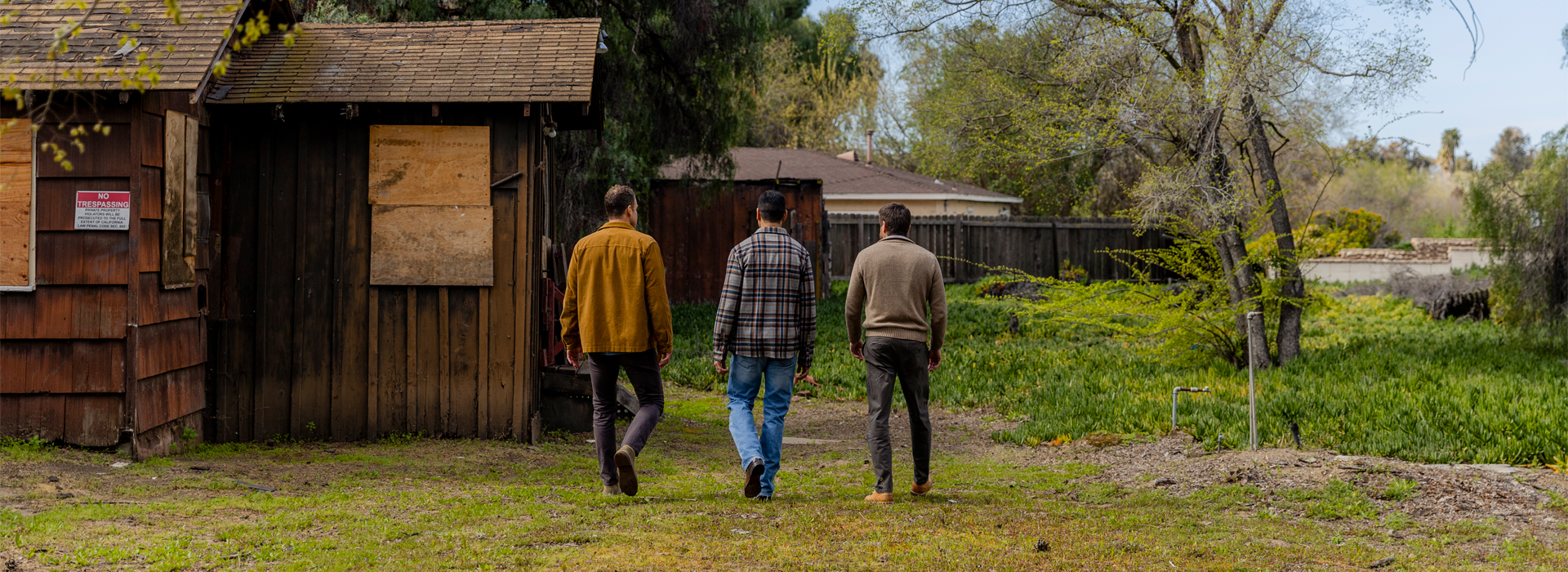David Muñoz | February 20, 2023

California wildfires cause mass devastation for homeowners and business owners. Many of the worst wildfires in California history have been blamed on utility companies. Unfortunately, the financial liability that utility companies had to bear for fires caused by their negligence and wrongdoing resulted in increased costs to ratepayers.
The California legislature enacted laws to create the Wildfire Insurance Fund. The fund helps reduce the costs to ratepayers by addressing utility-caused catastrophic wildfires. On July 12, 2019, Gov. Gavin Newsom signed Assembly Bill 1054 (AB 1054) into law.
How Does California AB 1054 Work?
The California Wildfire Insurance Fund provides $21 billion in insurance protection to the state’s investor-owned utility companies. Those companies include Southern California Edison, Pacific Gas & Electric (PG&E), and San Diego Gas & Electric (SDG&E). The insurance fund helps the companies avoid filing bankruptcy when they are held liable for causing a catastrophic wildfire in California.
The wildfire fund allows utility companies to recover specific expenses and costs related to covered wildfires that the utility company causes. The fund only distributes money to the utility companies after the company has paid or settled eligible wildfire claims that total $1 billion. The Wildfire Insurance Fund does not compensate wildfire victims for their losses.
The Wildfire Insurance Fund is funded partly by the utility companies and partly by ratepayers through increased utility rates.
Encouraging California Utility Companies To Prioritize Safety To Reduce the Risk of Wildfires
AB 1054 encourages utility companies to take steps to improve safety to limit the risk of and reduce the costs of catastrophic wildfires. However, before a utility company can access the funds created under AB 1054, it must obtain a safety certification from the state.
The utility company must implement specific safety measures to obtain the safety certification. With the safety certification, it is presumed that the utility company acted responsibly. Therefore, it can access the money in the wildfire fund to cover certain costs and expenses if all four of the following requirements are met:
- The utility company’s equipment caused the fire
- The damage caused by the fire exceeds $1 billion
- The total damages are not covered by insurance
- The utility company acted responsibly by using just and reasonable conduct
It is estimated that the damage from the Dixie Fire will exceed $1 billion. Before PG&E can access funds from the Wildfire Insurance Fund, it must pay or enter into a binding settlement agreement to pay all liability for the Dixie Fire. After that, the utility company could access money in the Wildfire Insurance Fund to pay claims exceeding $1 billion or insurance coverage.
PG&E had a valid safety certification at the time of the Dixie Fire. Therefore, its conduct regarding safety precautions is presumed to have been reasonable. The presumption stands unless a party to the proceeding can prove PG&E acted with willful or conscious disregard for the safety and rights of others.
What Can Dixie Fire Victims Do To Receive Compensation for Their Losses?
AB 1054 helps ensure that wildfire victims receive compensation by providing a fund for utility companies to pay claims. However, the wildfire fund does not pay wildfire victims directly. Therefore, victims of the Dixie Wildfire must file claims to recover compensation for their losses.
Over 200 people have filed Dixie wildfire lawsuits. The lawsuits allege that PG&E was negligent in failing to turn off power in the area even though it knew about high-risk conditions in the area.
Wildfire victims and their families can contact a Dixie Fire lawyer to discuss their legal rights and options for recovering compensation for damages. A California wildfire lawyer helps victims recover compensation for property damage, personal injuries, wrongful death, and other damages.
What Caused the Dixie Fire?
The Dixie Fire began in Butte County, north of the Cresta Dam, on July 13, 2021. It burned 963,309 acres in Butte and Plumas counties before it was fully contained.
Cal Fire reported three firefighters were injured battling the fire. Tragically, one firefighter lost his life. In addition, the Dixie Fire damaged or destroyed thousands of structures.
Cal Fire is still investigating the cause of the Dixie Fire. However, preliminary reports point to PG&E equipment failures as the cause of the fire.
A blown fuse on one of the utility poles could have started the fire. In a report to the CPUC, PG&E stated that an employee observed two blown fuses, a tree leaning against a conductor, and a fire at the base of the tree.
The employee reported the fire to his supervisor, who called 911. However, the fire was already burning out of control.
Helping Utility Companies Stay in Business
AB 1054 was created to help reduce the costs of catastrophic wildfires for California’s investor-owned utility companies. The fund allows these companies to recover specific expenses related to a wildfire, including damages paid to victims and costs incurred from fighting the fire. Thanks to this new law, California residents can feel confident that their utility companies will be able to continue providing essential services without going bankrupt in the event of a catastrophic wildfire.
